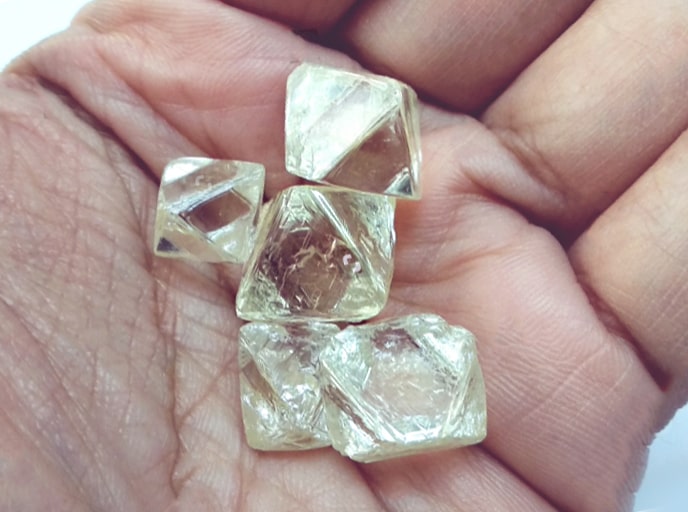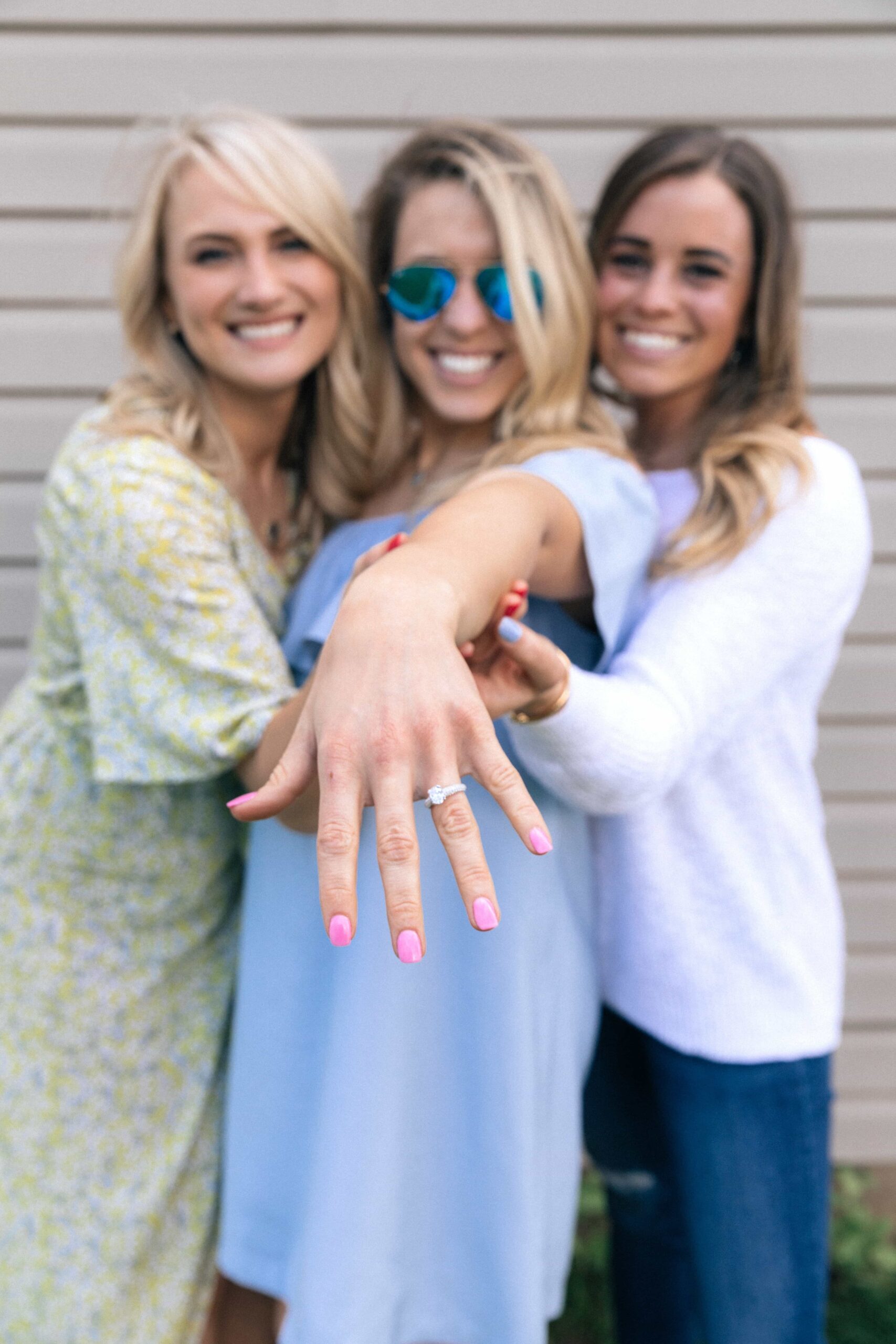BUYING-GUIDES

Lab-Grown Diamonds For Your Engagement Ring
CURIOUS ABOUT LAB GROWN DIAMONDS?
Have you heard the growing whispers about lab-grown diamonds, are you curious? Or maybe a little confused? We are here to help you get crystal-clear on these ‘cultured’ diamonds:
Long have we been enchanted by the unique dance of light found only in a diamond and the fine jewellery that they adorn. But these brilliant stones started out (quite literally) in a dark place, having been formed more than a billion years ago deep within the earth. But that is not the end of their complex journey. After they have been mined as ‘diamonds in the rough’ and before they can reach the skilled hands of the jewellers in our very own Hatton Garden, they wait be Graded before becoming the centrepiece of the fine jewellery that you help us design. An important part of this gemstones journey is the DIAMONDS GRADING PROCESS or the 4C’s – Cut, Clarity, Colour and Carat…but here we arrive at a new definition of a diamond; ‘Cultured’ or lab-grown diamonds. Keep reading to find out the defining points on why we don’t want you to miss out on this glittering coming-out party.
WHAT MAKES A LAB GROWN DIAMOND, A REAL DIAMOND?
And yes, they are most certainly real in every sense of the word diamond, except of course, their point of origin.
Now, do not get the label ‘synthetic’ (which has been thrown around a lot when it labelling what comes out of science labs) confused with ‘simulated’ diamonds or what is commonly known as Cubic Zirconia.
For these cultured carbon babies are classified by the GIA as real diamonds and are also graded by the very same methods. This is because they are optically identical to traditionally-mined diamonds further more they are made from the exact same chemicals and are physically formed by mimicking the same conditions that naturally occurring diamonds form in: carbon atoms crystallising under extreme heat and pressure, deep within the earth then pushed closer to the surface by huge volcanic eruptions- If you think this scenario sounds impossible to re-create, we don’t blame you. but that is exactly what these innovative labs have done.






